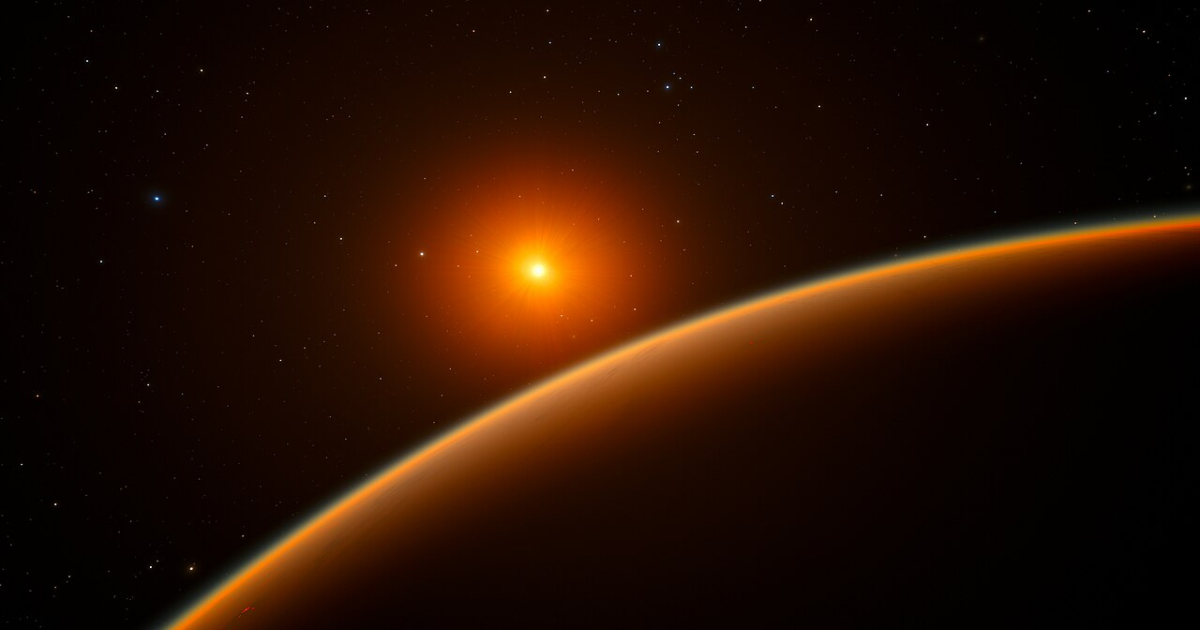
Astronomers have been searching for planets that could support life for years, but according to a recently published paper, we may have found one that is surprisingly closeby.
At just 48 light-years from Earth, this may be the closest of any rocky planets with an atmosphere found that are in the habitable zone around their star.
This planet, which has been named LHS 1140 b, was previously believed to be a gas dwarf, similar to Neptune. After the James Webb Space Telescope (JWST) analyzed it further, however, it was determined that it is actually a rocky planet.
In addition, the researchers who analyzed the data from the JWST found that it has a thick atmosphere that is made up of helium and hydrogen gasses.
The fact that it is within the habitable zone around its own red dwarf star indicates that it could very well have water, possibly even liquid water on it surface.
NASA Sagan Fellow, Ryan MacDonalds, commented on this, saying:
“This is the first time we have ever seen a hint of an atmosphere on a habitable zone rocky or ice-rich exoplanet. Detecting atmospheres on small, rocky worlds is a major goal for JWST, but these signals are much harder to see than for giant planet atmospheres.”
The fact that it is so nearby (universally speaking) is even more good news.
This will make it easier to study going forward, even if it would still be impossible to visit using our current (or even any planned future) spacecraft.
MacDonalds went on to talk about the planet:
“LHS 1140 b is one of the best small exoplanets in the habitable zone capable of supporting a thick atmosphere, and we might just have found evidence of air on this world.”
This is because of the fact that Nitrogen has been detected in the atmosphere.
The lead author of the paper, Charles Cadieux is a University de Montreal doctoral student released a statement with the paper, saying:
“Of all currently known temperate exoplanets, LHS 1140 b could well be our best bet to one day indirectly confirm liquid water on the surface of an alien world beyond our solar system. This would be a major milestone in the search for potentially habitable exoplanets.”
If the researchers are correct with their current analysis, this planet may be made up of between 10 and 20 percent water.
They do not yet know if the water is all frozen, partially liquid, or only liquid under an icy surface.
It is possible that the atmosphere is similar to that of Earth, being rich in Nitrogen.
If that turns out to be true, the researchers say that it is likely that there would be an area of nearly 2500 miles of liquid water oceans on the surface with temperatures around 68 degrees Fahrenheit.
It makes you wonder if it is possible that there is life on this nearby planet.
If you thought that was interesting, you might like to read about why we should be worried about the leak in the bottom of the ocean.